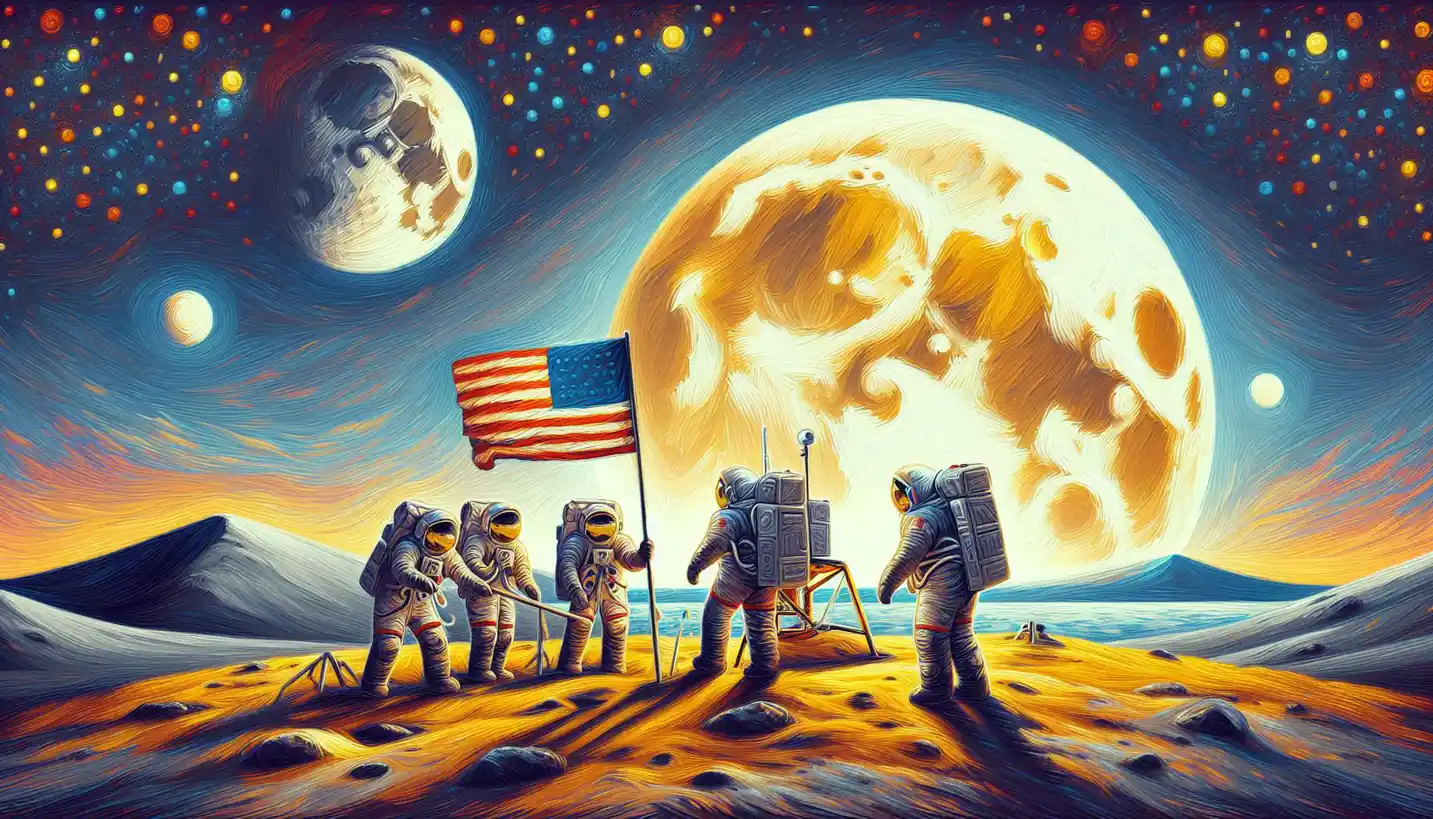· History · 4 min read
Ether in Scientific History: A Tale of Invisible Realms
Ether has fascinated thinkers for centuries with its mysterious, unseen properties. Journey through history as scientists pursued this elusive concept to explain fundamental forces and cosmic phenomena.

Long ago, when people gazed up at the night sky filled with stars, they were filled with wonder. These celestial bodies seemed to float in the universe, and scientists of the past couldn’t help but wonder what held them there. This curiosity led to a concept that would dominate scientific thought for centuries: ether.
What Was Ether?
Before the idea of the vacuum, ether was imagined as an invisible substance that filled the universe. It was thought to act as a medium for the propagation of light and other forms of electromagnetic waves, similar to how air carries sound. The idea of ether was born from the belief that space couldn’t possibly be empty.
The Birth of a Concept
Around the 17th century, philosophers and scientists began contemplating ether as they tried to understand how light travels through space. Rene Descartes was one of the early champions, suggesting that ether filled even the tiniest spaces. Isaac Newton, too, entertained the notion, though he remained somewhat skeptical. For them, ether provided an explanation for phenomena that were otherwise difficult to grasp.
Ether and the Wave Theory of Light
The wave theory of light, developed by Christiaan Huygens, added more weight to ether. Huygens suggested that light waves needed a medium to travel, much like sound waves need air. Therefore, ether became almost like a partner in crime to light, essential for its journey through the cosmos.
When James Clerk Maxwell came along with his electromagnetic theory in the 19th century, ether seemed more crucial than ever. Maxwell’s equations elegantly described how electromagnetic waves propagated through space, and ether provided the stage on which these performances took place.
A Shift in Paradigm: Enter Einstein
But science is always evolving. As the 19th century progressed into the 20th, Albert Einstein came onto the scene with his theory of relativity. In 1905, he proposed that the speed of light is constant and doesn’t require a medium like ether. This was revolutionary and marked the beginning of the end for the ether concept.
Einstein’s theories showed that the properties of space and time could explain the behavior of light without needing an all-pervading substance. This shift was monumental, changing the course of physics forever.
The Michelson-Morley Experiment
One of the major nail-in-the-coffin moments for ether was the Michelson-Morley experiment in 1887. Scientists Albert Michelson and Edward Morley designed an experiment to detect the presence of ether. They reasoned that if ether existed, it would act like a wind as Earth moved through it, affecting the speed of light.
Their findings were groundbreaking—not for what they found, but for what they didn’t. There was no difference in the speed of light, suggesting that the elusive ether simply didn’t exist. This negative result was hugely influential, leading scientists toward a new understanding of space and time.
The Legacy of Ether
Although ether is now considered obsolete, its story tells us much about the history of science. It’s a tale of how scientific understanding evolves, often challenging old ideas. The ether concept was a stepping stone that helped shape modern physics, laying the groundwork for theories that would later redefine our understanding of the universe.
Ether’s story also reminds us of the role imagination plays in scientific progress. These early scientists dared to think beyond the visible, proposing ideas that fueled research, even if those ideas were eventually replaced by more accurate theories.
The Fascination with Invisible Realms
The human fascination with invisible forces continues today. Even though ether is no longer a part of modern physics, we still explore invisible realms. The mysteries of dark matter and dark energy captivate scientists, who strive to understand these unseen forces that seem to influence the universe.
Future Curiosity
While ether may not be the answer, its story sparks ongoing curiosity. Could there be unknown forces we have yet to discover? The pursuit of knowledge is ever-present, and as science progresses, we continue to ask new questions and explore new ideas.
In the end, ether’s legacy is a beautiful illustration of how science works—a testament to creativity, imagination, and the relentless quest for truth. Though the concept of ether has faded into the annals of history, its impact continues to resonate, echoing through the corridors of scientific exploration and discovery.



